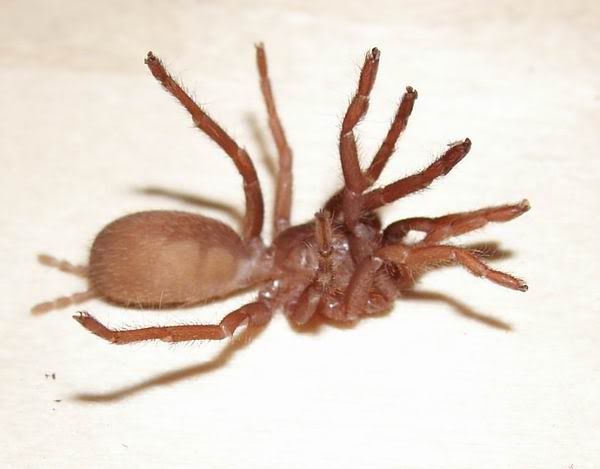- Joined
- Sep 17, 2004
- Messages
- 3,783
Something I've been curious about is the reason behind a tarantula curling its legs underneath it when it dies. I've heard different reasons as to why it happens, one of which being that the spider is dehydrated.
Does a death curl usually mean dehydration or does dehydration just always result in a death curl (instead of dying spread out)?
Does a death curl usually mean dehydration or does dehydration just always result in a death curl (instead of dying spread out)?

